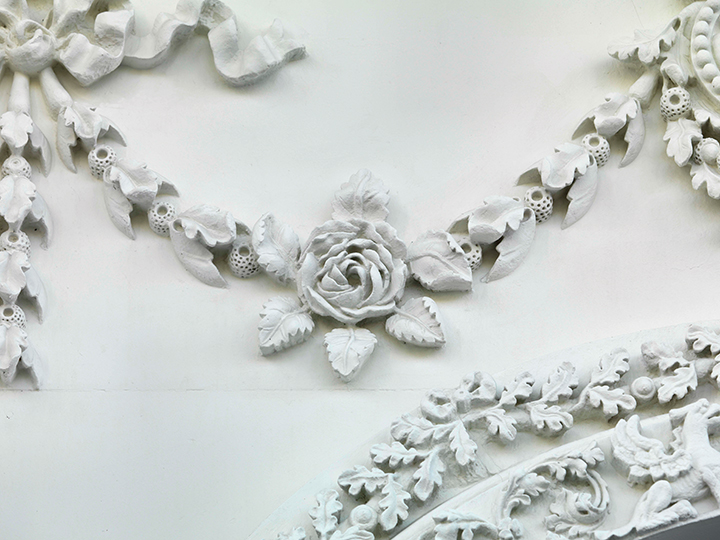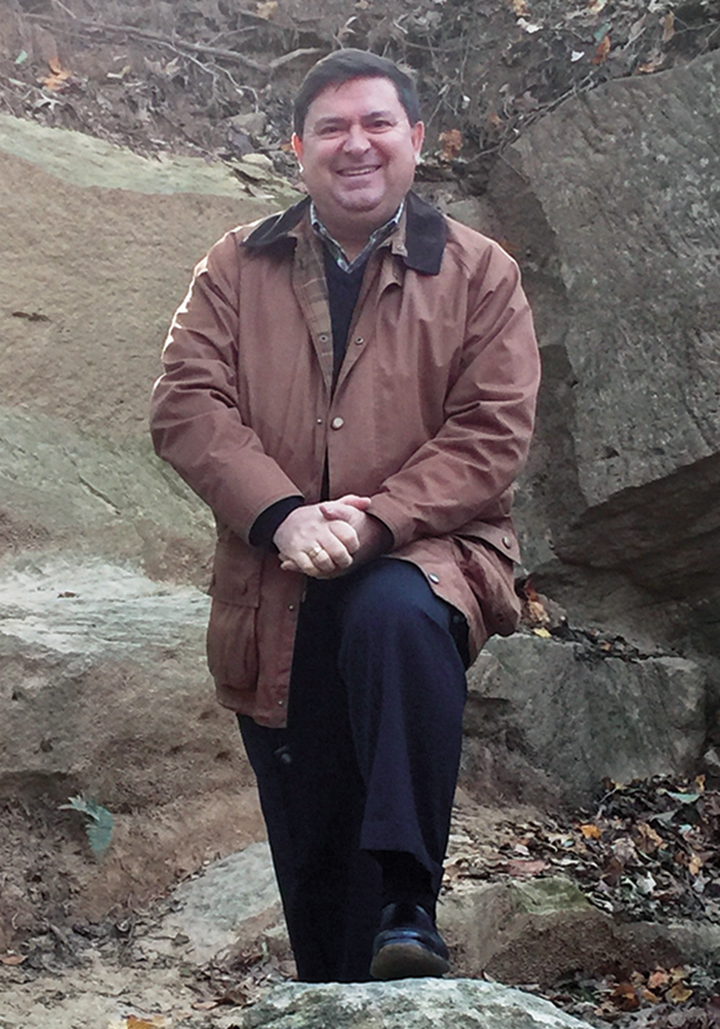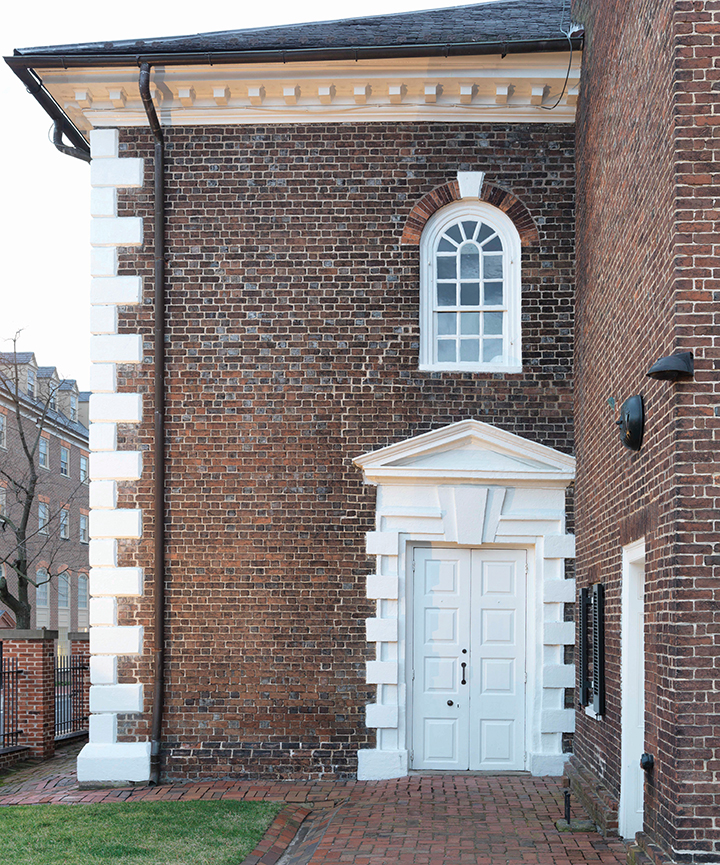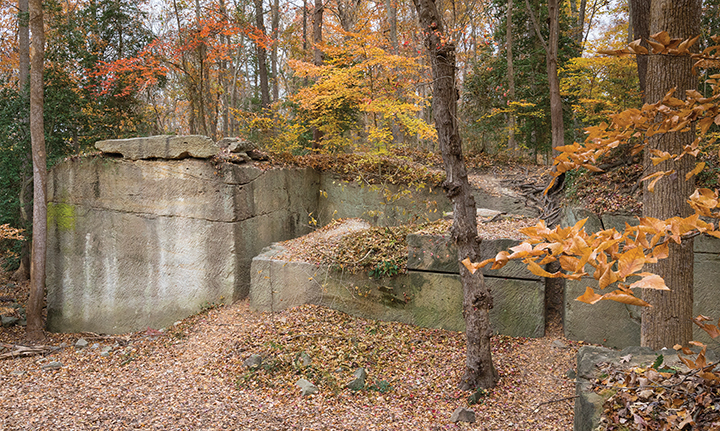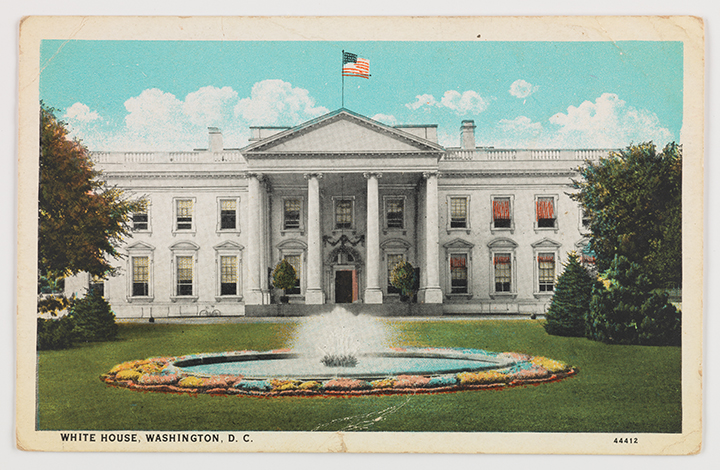Following the completion of the White House, the Scottish stonemasons were either dismissed or offered work on the Capitol. John and James Williamson returned to Edinburgh, as did James White. Collen Williamson remained in Maryland for the rest of his life. Alexander Reid operated a stone business until his death in 1812. Robert Brown opened a marble yard near Georgetown, and he later helped rebuild the White House after its near destruction during the War of 1812, as did James McIntosh, who supervised stone carvings on the building from 1815 to 1817. The work of the Scottish stonemasons remains immortalized through the double Scottish rose motif that appears above the North Door, atop pilasters, and in other architectural details of the White House. The legacy of Aquia is reflected not only in the construction of the White House but also in the architecture of early Virginia. Aquia stone was used for the decorative trim of the Nelson House, the home of Thomas Nelson Jr., a signer of the Declaration of Independence and wartime governor of Virginia, and for quoins, chimney caps, and the water table at Gunston Hall, the home of George Mason, author of the Virginia Declaration of Rights. Similarly, the John Carlyle House, Mount Airy, Williams Ordinary, Pohick Church, Kenmore, and Cape Henry Lighthouse all feature Aquia sandstone.
An unassuming island along Aquia Creek, along with many other Stafford County quarries, provided the physical foundations and decorative embellishments for the public and private buildings envisioned by our nation’s founders. Government Island is now a county park and is open to the public.
This article was written by Stewart D. McLaurin, President of the White House Historical Association, for Virginia History & Culture Magazine, Fall/Winter 2018.

